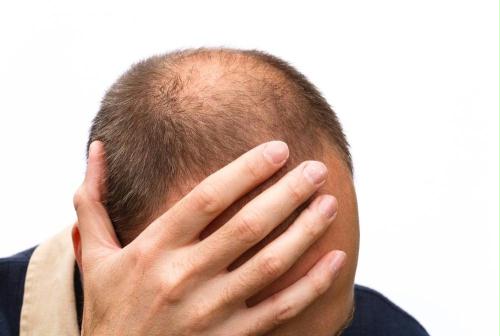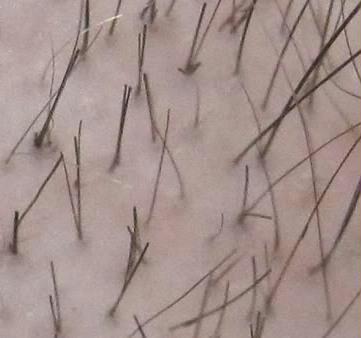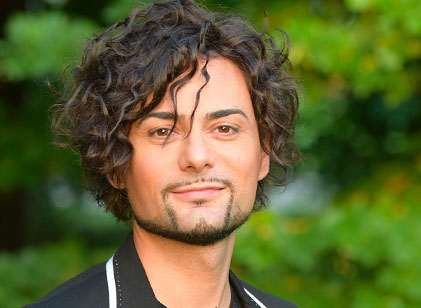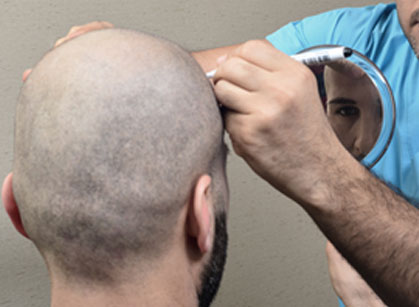PRPHT: the last frontier against hair loss
The acronym PRPHT stands for “Platelet Rich Plasma Hair Therapy”. It is a therapeutic medical technique that falls within the field of “regenerative medicine”; it is based on the principle that stem cells, which have been demonstrated to be present in the hair bulb, are equipped with growth factor receptors.

 Italiano
Italiano  Português
Português  Français
Français  Español
Español 




